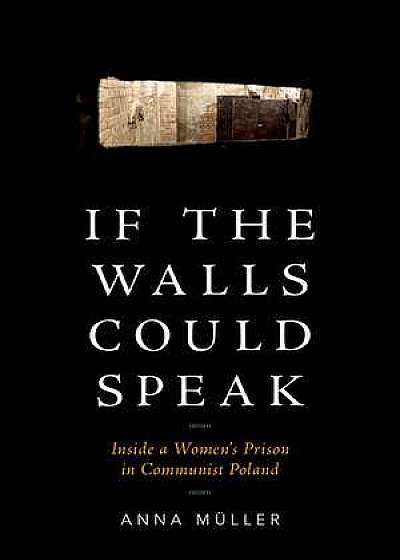
If the Walls Could Speak
Descriere
Drawing on autobiographical writings, oral histories, interrogation protocols, and cell spy reports, If the Walls Could Speak focuses on the lives of women in prison in postwar communist Poland. Some were jailed for their alleged collaboration with the Nazis during the war, some for postwar activities in various civil as well as quasi-military groups, still others for allegedly dubious activities on the basis of their relationships with those alreadyimprisoned. In some cases, there was some evidence of their anti-state activities; in many others, the accusations were absurd and based on cumbersome definitions of "anti-state." Anna Müller shows how these women struggled to resist identifying themselves as "prisoners" and regain their voices through a dialogue between the "self," a hostile prison world, and the world outside, which, as time passed, became increasingly menacing. The prison system in postwar Poland functioned as a tool to subjugate society and silence or destroy enemies-anti-communists, but also committed communists. Arrests, trials, and prison sentences directly and indirectly affected tens ofthousands of people. Imprisonment stigmatized both prisoners and their families, inspiring fear and insecurity. Out of fear, worry for their loved ones, or a need to act, women prisoners took on different roles and personalities to protect themselves and create a semblance of normality, despite abuses andprison confinement. They used words to (re)create themselves during an interrogation; they used their senses to orient themselves in the spatial organization of the prison and to create a feeling of security; they used their physicality as a confirmation of their gender identity and a means of exerting pressure on the authorities; and they attempted to build a communal cultural, social, religious, and educational life by drawing on patterns they had acquired in their lives outside ofprison. Following the trajectory of women's life stories—from the moment of interrogation, through the attempt to create themselves in a cell, to the post-prison reordering of their old lives—this book reveals how the prison cell in postwar Poland became a laboratory of human heterogeneity, of reconstruction, and reinvention of the self, and how life in a Stalinist prison adds to our understanding of coercion and resistance under totalitarian regimes.








